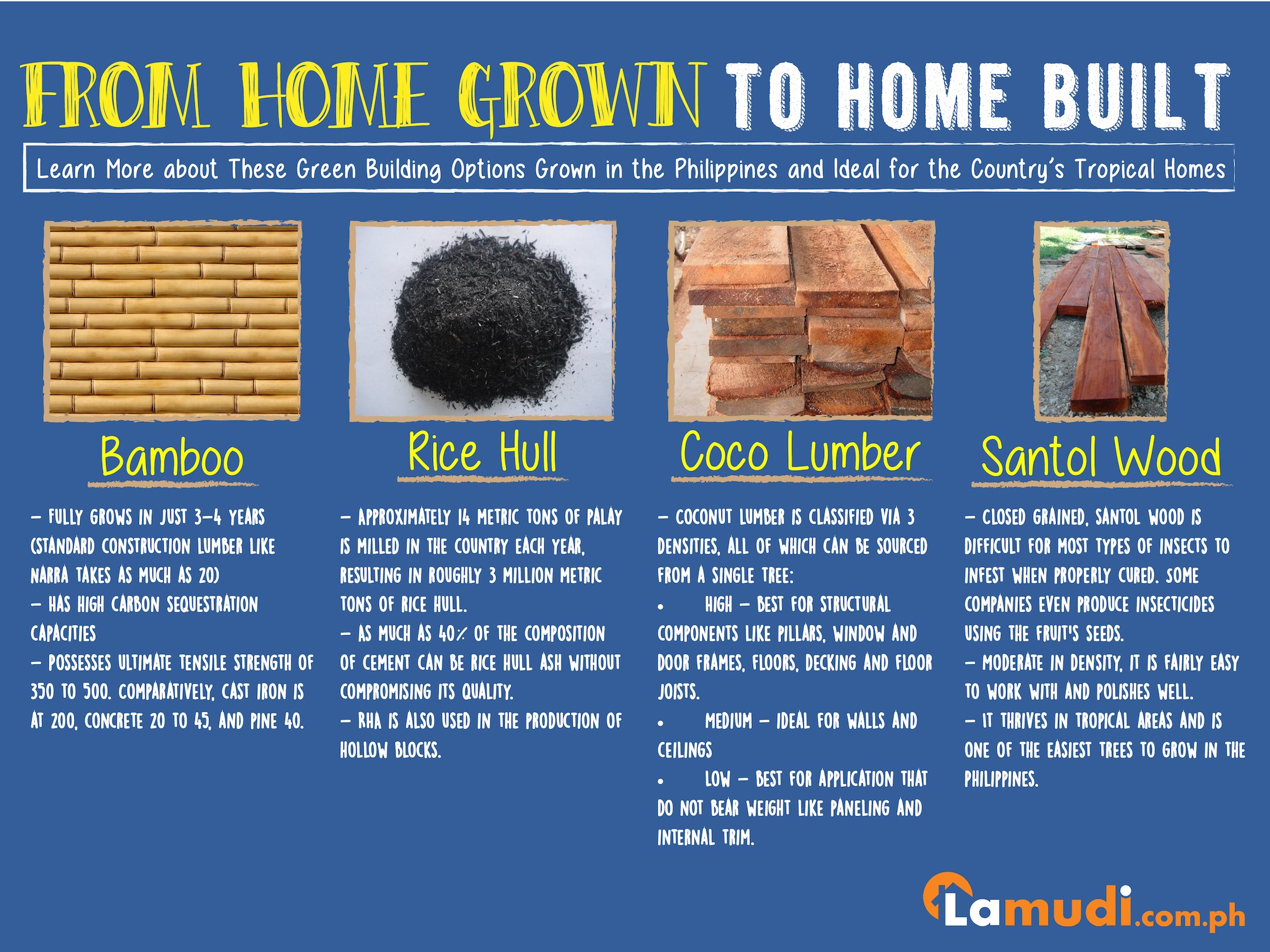The Growing Need for Sustainable Construction in the Philippines
The Philippines, a nation of stunning natural beauty and a rapidly growing population, faces a critical challenge: balancing economic development with environmental protection. The construction industry, a major driver of economic growth, is also a significant contributor to environmental degradation. Unsustainable practices lead to deforestation, waste generation, and increased carbon emissions. The urgent need to address these issues is driving a shift towards eco-friendly building practices, promising a more sustainable future for the archipelago.
Bamboo: A Sustainable Building Material
For centuries, Filipinos have utilized bamboo as a building material, recognizing its strength, flexibility, and rapid growth rate. Now, with renewed interest in sustainable construction, bamboo is experiencing a resurgence. Its use reduces reliance on concrete and timber, lowering the carbon footprint of buildings. Furthermore, bamboo is locally sourced, supporting local communities and reducing transportation emissions. Innovative designs and engineering techniques are continuously improving bamboo’s structural capabilities, expanding its applications in modern architecture.
Harnessing Solar Power for Energy Efficiency
The abundance of sunlight in the Philippines presents an excellent opportunity to integrate solar energy into building designs. Solar panels can provide clean energy for lighting, appliances, and even air conditioning, significantly reducing reliance on the national grid and decreasing carbon emissions. Furthermore, incorporating passive solar design principles, such as strategically placed windows and shading devices, can optimize natural light and ventilation, minimizing the need for artificial lighting and cooling systems. This approach not only lowers energy bills but also contributes to a more comfortable and environmentally friendly living space.
Sustainable Waste Management in Construction
Construction generates substantial waste, from demolition debris to excess materials. Eco-friendly construction emphasizes waste reduction, reuse, and recycling. Implementing proper waste management strategies, including on-site sorting and recycling programs, is crucial. Demolition waste can be repurposed as aggregate in new construction projects, reducing landfill waste and saving on material costs. Adopting prefabrication techniques can also minimize on-site waste and improve efficiency.
Rainwater Harvesting and Water Conservation
Water scarcity is a growing concern in many parts of the Philippines. Eco-friendly buildings incorporate water-saving technologies, such as low-flow fixtures and rainwater harvesting systems. Rainwater collected from rooftops can be used for non-potable purposes like irrigation and toilet flushing, reducing reliance on municipal water supplies and lowering water bills. Careful landscaping with drought-tolerant plants further minimizes water consumption in the surrounding area.
Green Roofs and Vertical Gardens: Enhancing Biodiversity
Integrating green roofs and vertical gardens into building designs offers numerous environmental benefits. These features help to mitigate the urban heat island effect, reducing energy consumption for cooling. They also improve air quality by absorbing pollutants and create habitats for local wildlife, enhancing biodiversity in urban areas. Aesthetically pleasing, green roofs and vertical gardens contribute to a healthier and more visually appealing environment.
Government Policies and Incentives for Green Building
The Philippine government plays a crucial role in promoting eco-friendly building practices. The implementation of supportive policies, such as building codes that encourage sustainable design and construction, is essential. Offering tax incentives and subsidies for green building projects can incentivize developers and homeowners to adopt sustainable practices. Providing training and education programs for construction professionals can help build capacity and disseminate best practices within the industry.
Challenges and Opportunities in the Philippine Context
While the transition to eco-friendly building presents numerous opportunities, challenges remain. The initial cost of implementing sustainable technologies can be higher than traditional methods. However, long-term cost savings from reduced energy and water consumption often outweigh the initial investment. Overcoming misconceptions about the durability and effectiveness of sustainable materials is also crucial. By addressing these challenges through education, policy, and technological innovation, the Philippines can pave the way for a greener and more sustainable construction industry.
The Future of Philippine Construction: A Sustainable Vision
The future of Philippine construction lies in embracing sustainable practices. By integrating eco-friendly materials, technologies, and design principles, the country can create buildings that are environmentally responsible, economically viable, and socially beneficial. This transition will not only reduce the environmental impact of the construction industry but also contribute to a more resilient and sustainable future for the Philippines and its people. The journey requires collective effort from government, developers, architects, contractors, and the community at large, but the rewards of a greener built environment are immeasurable. Click here to learn about sustainable building materials in the Philippines.

